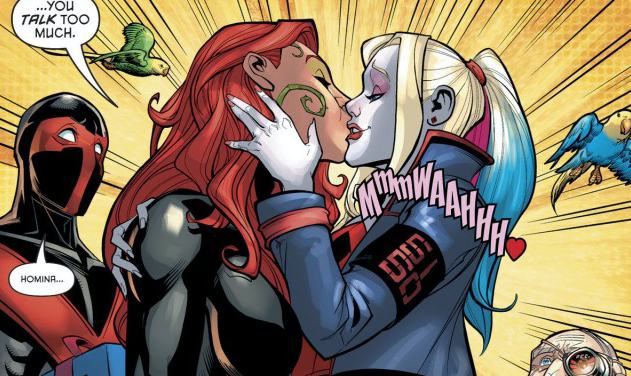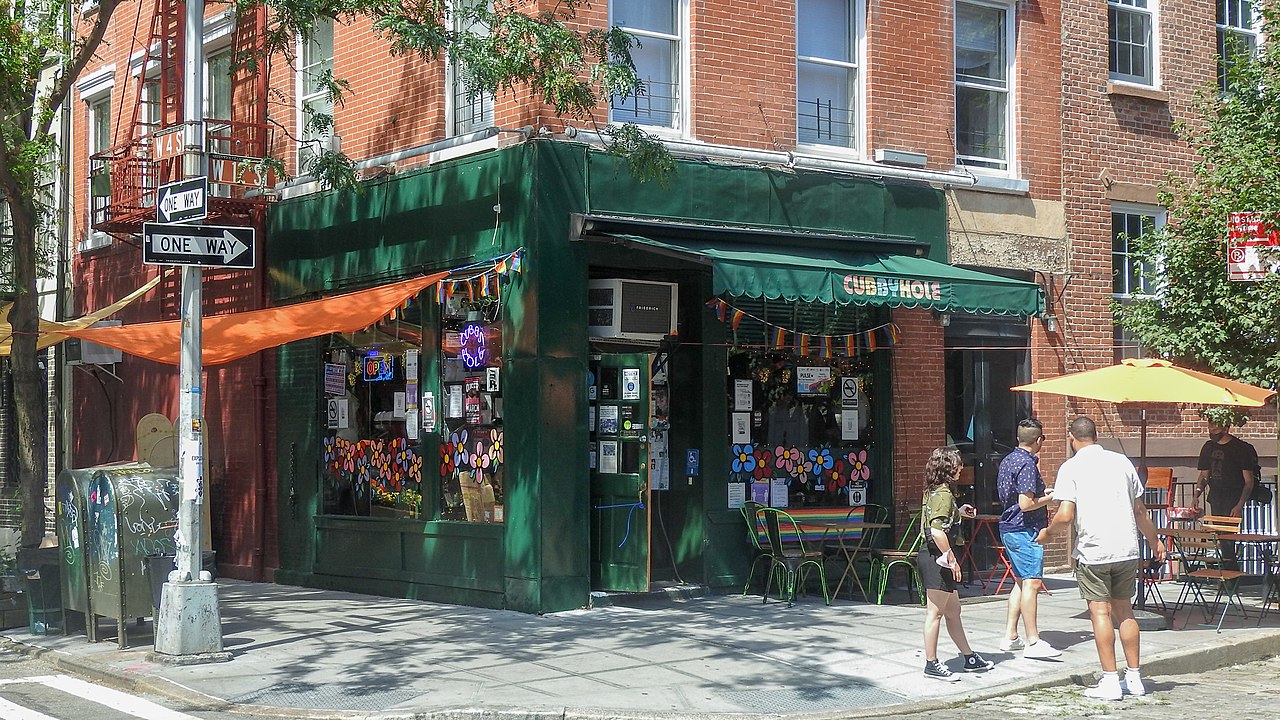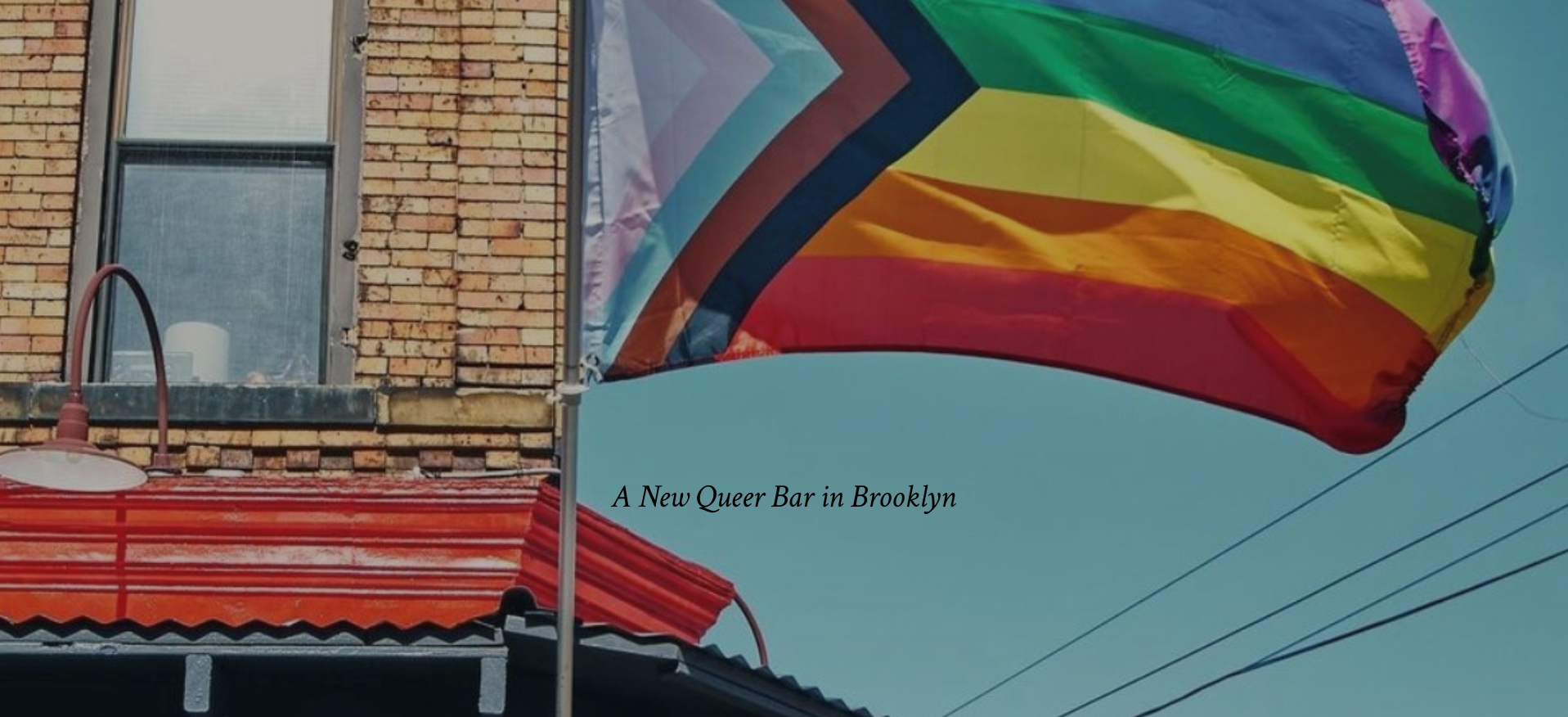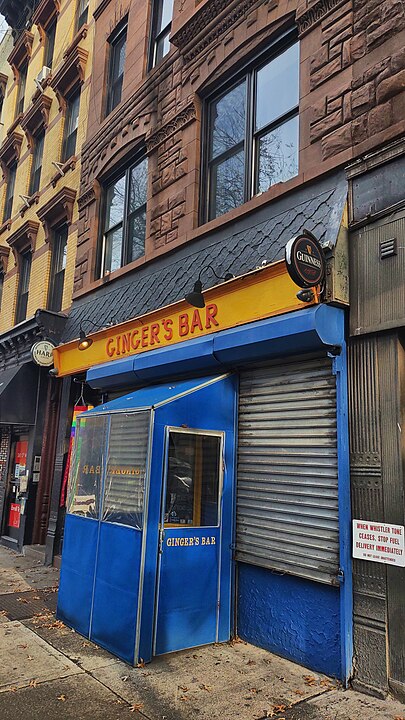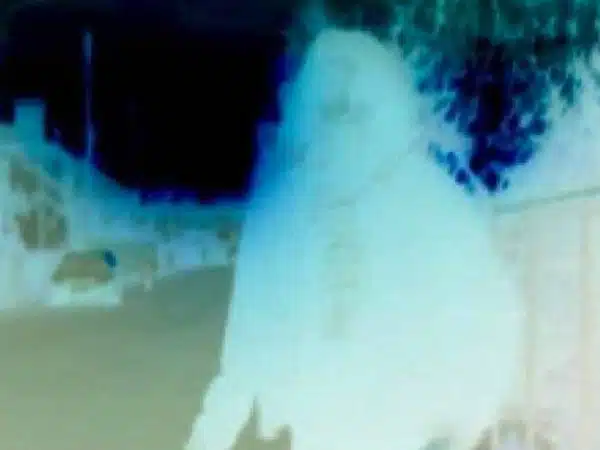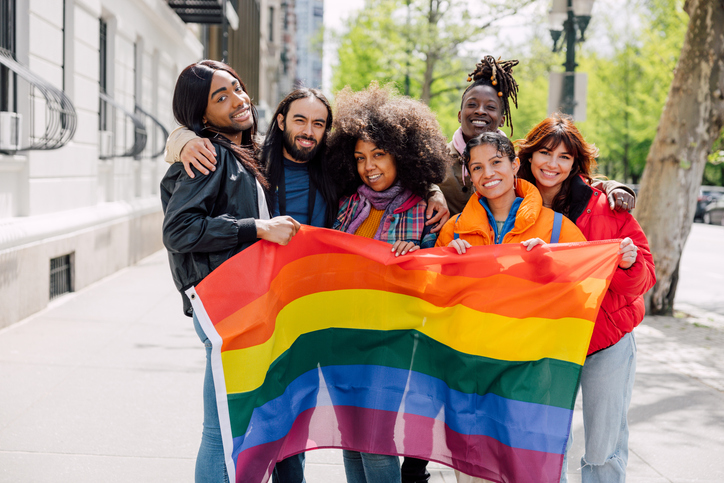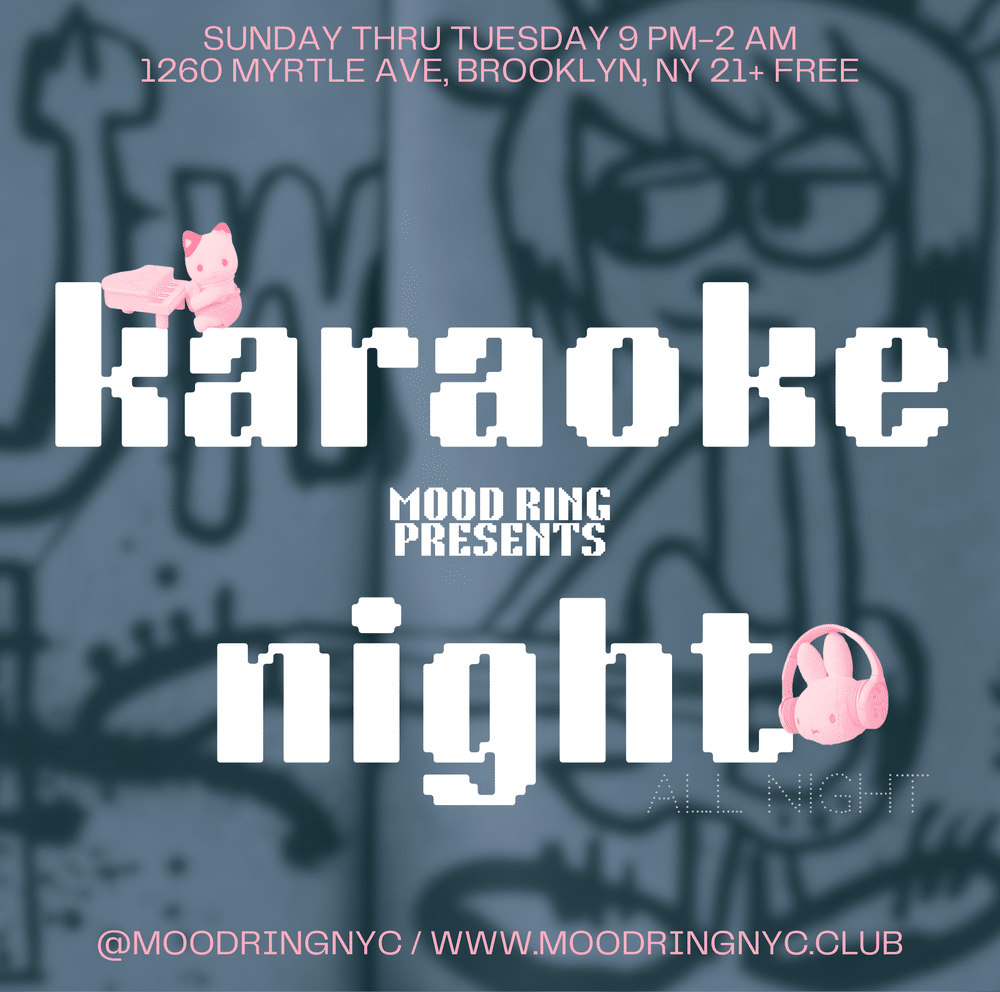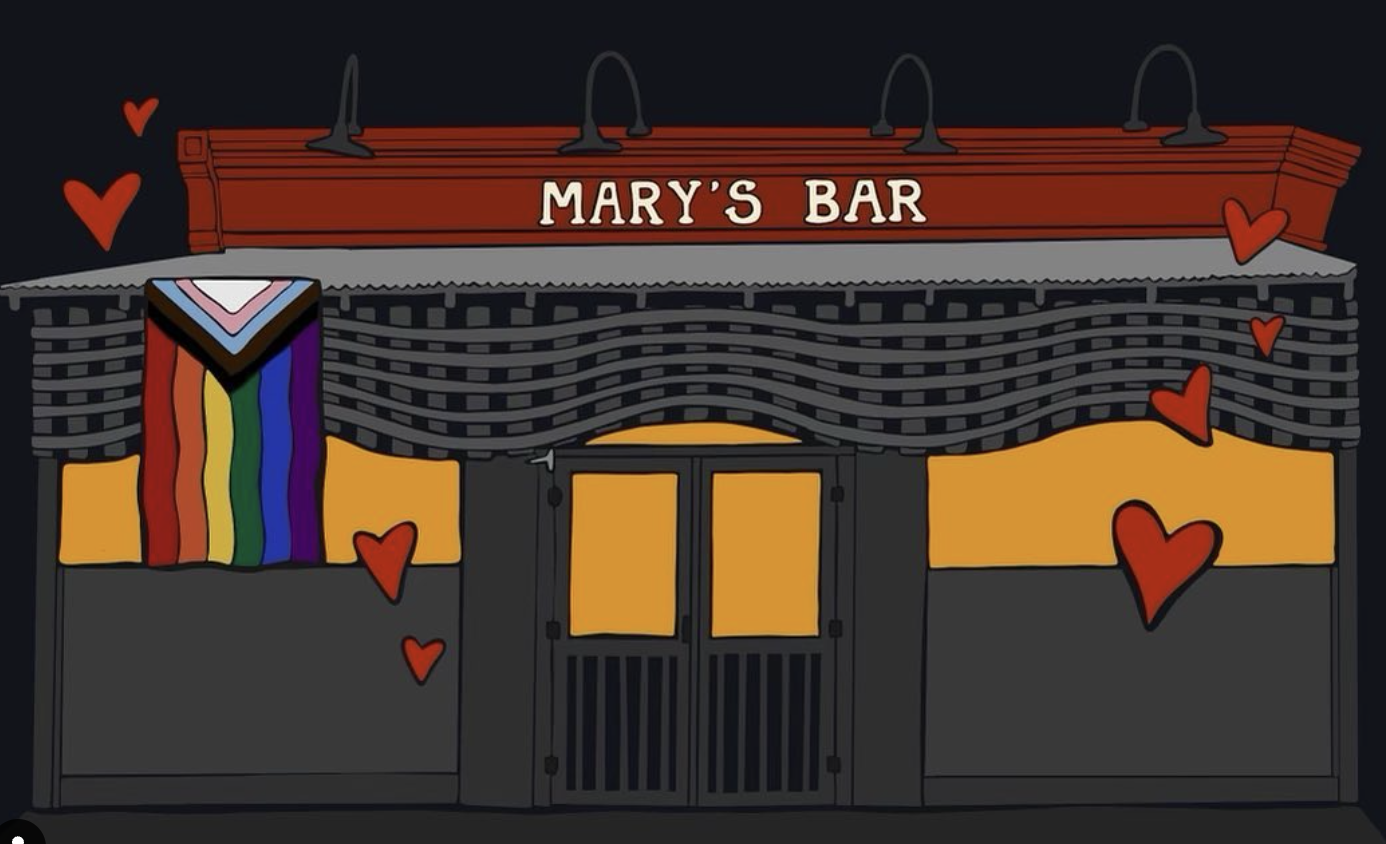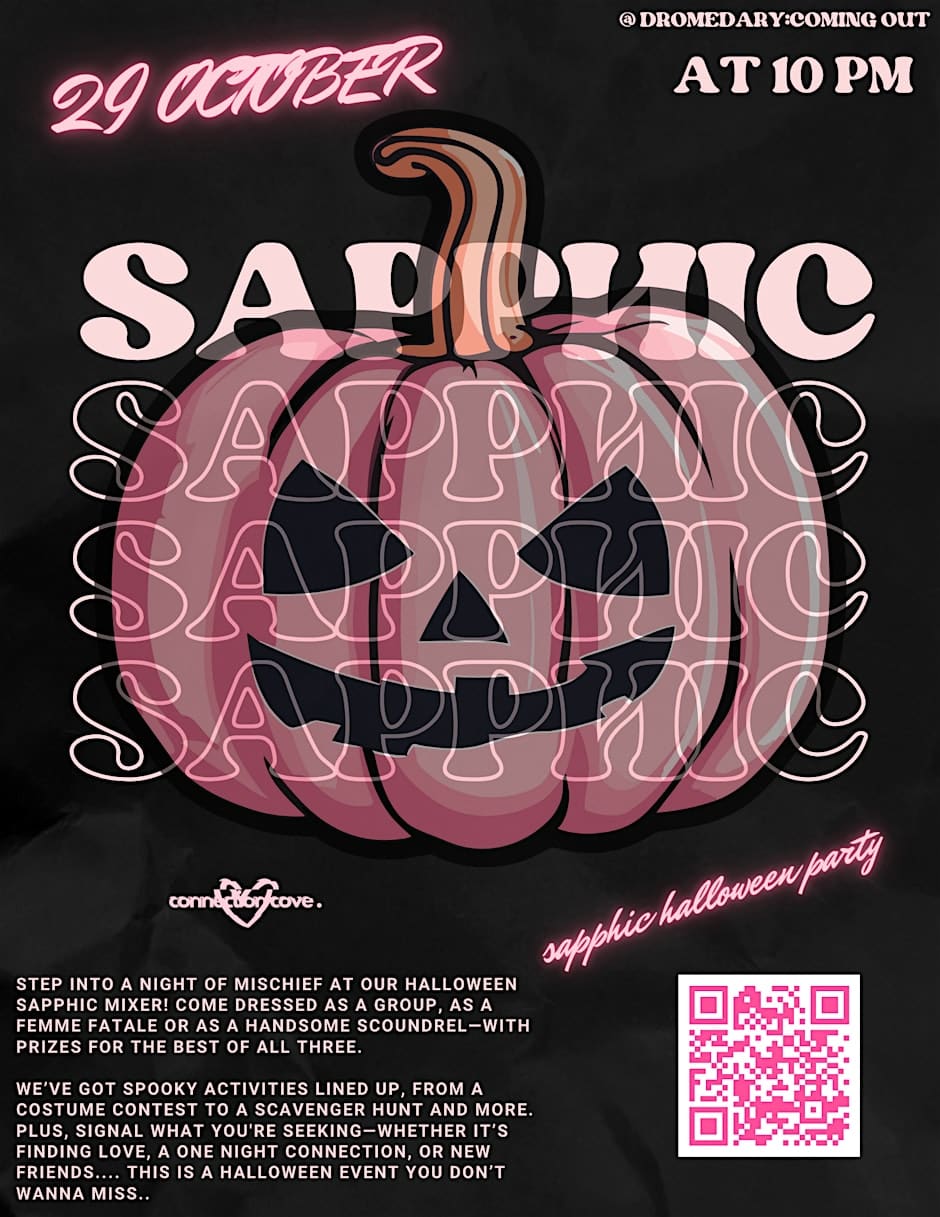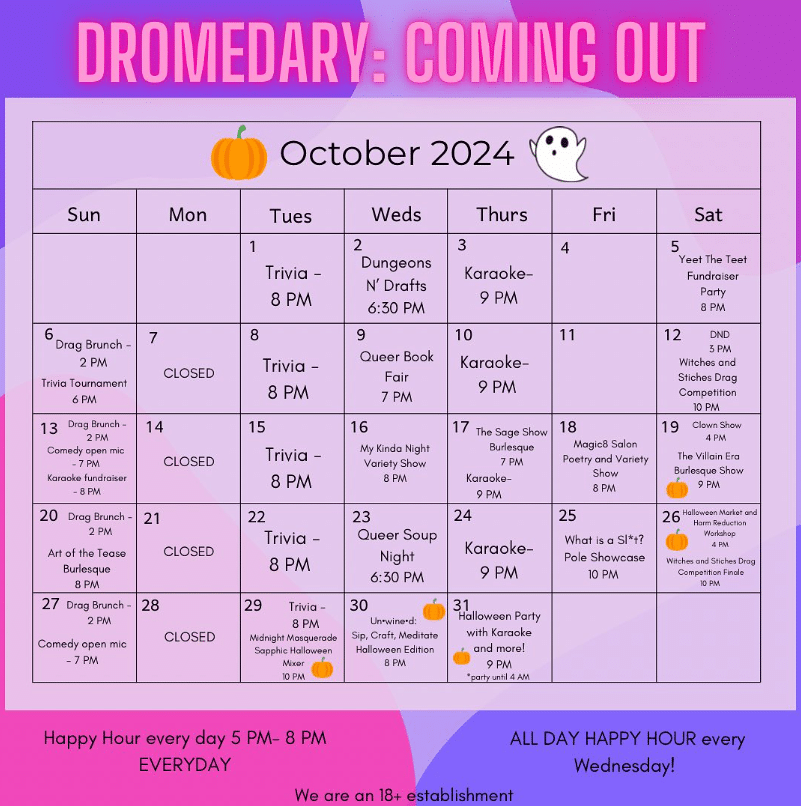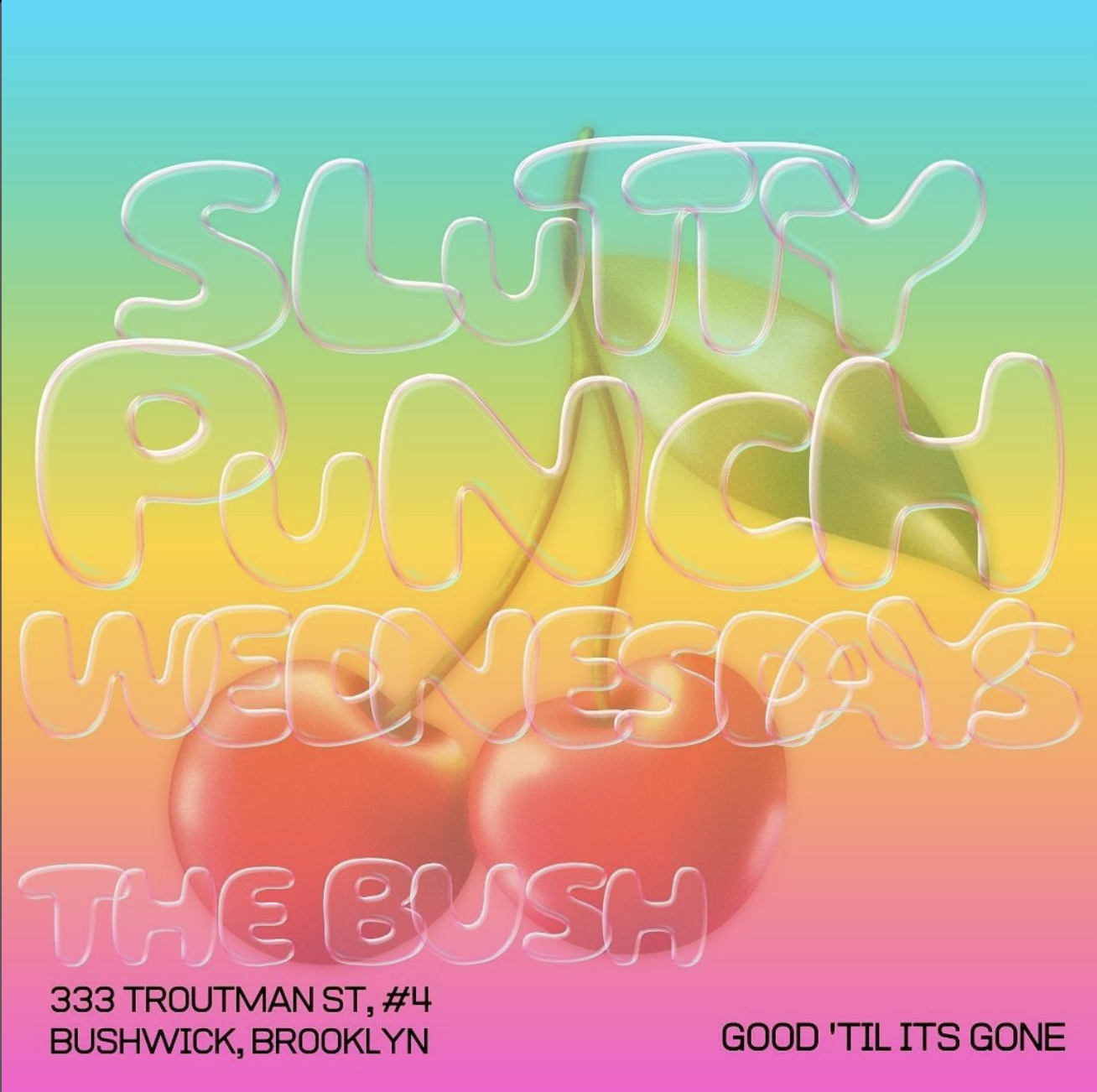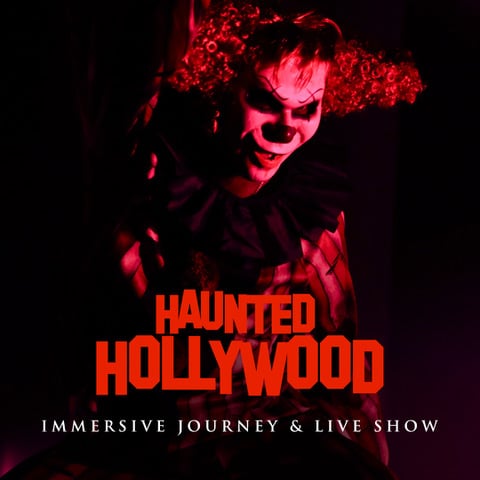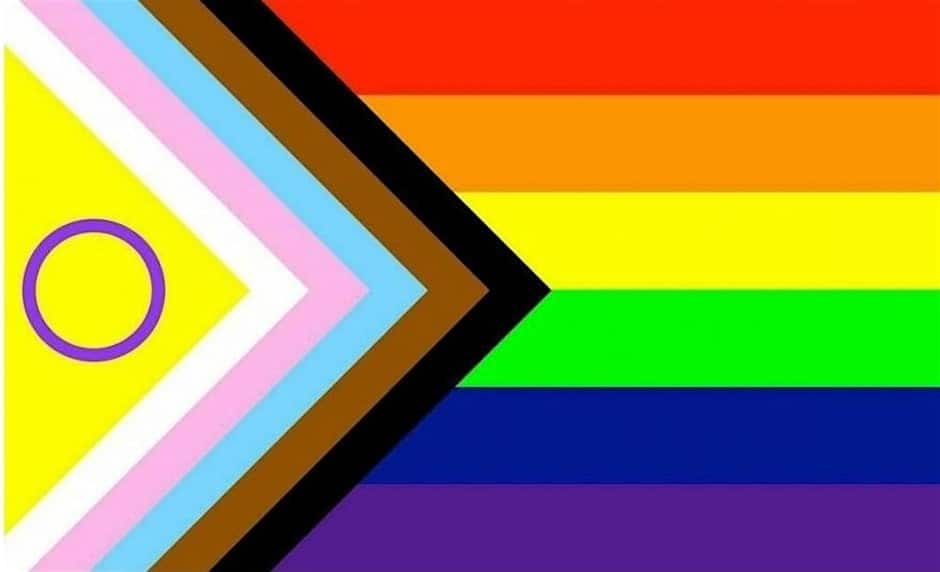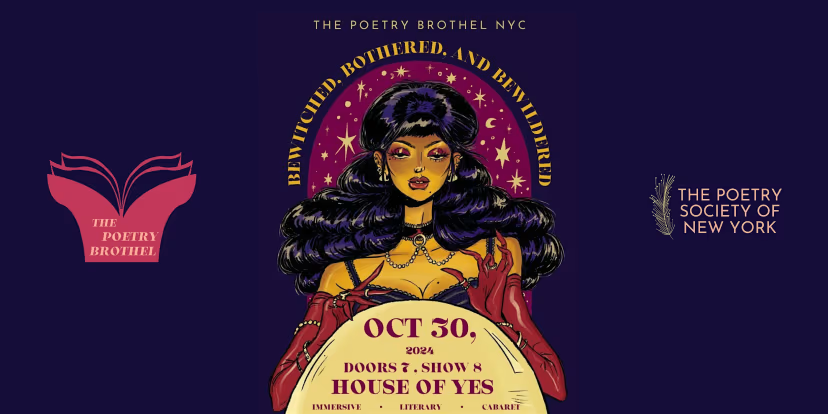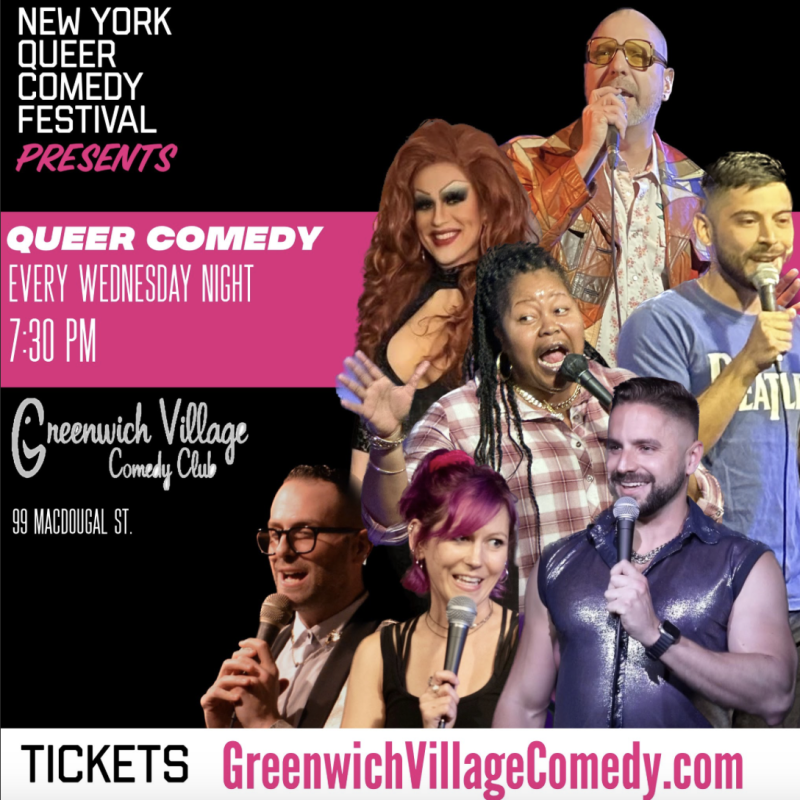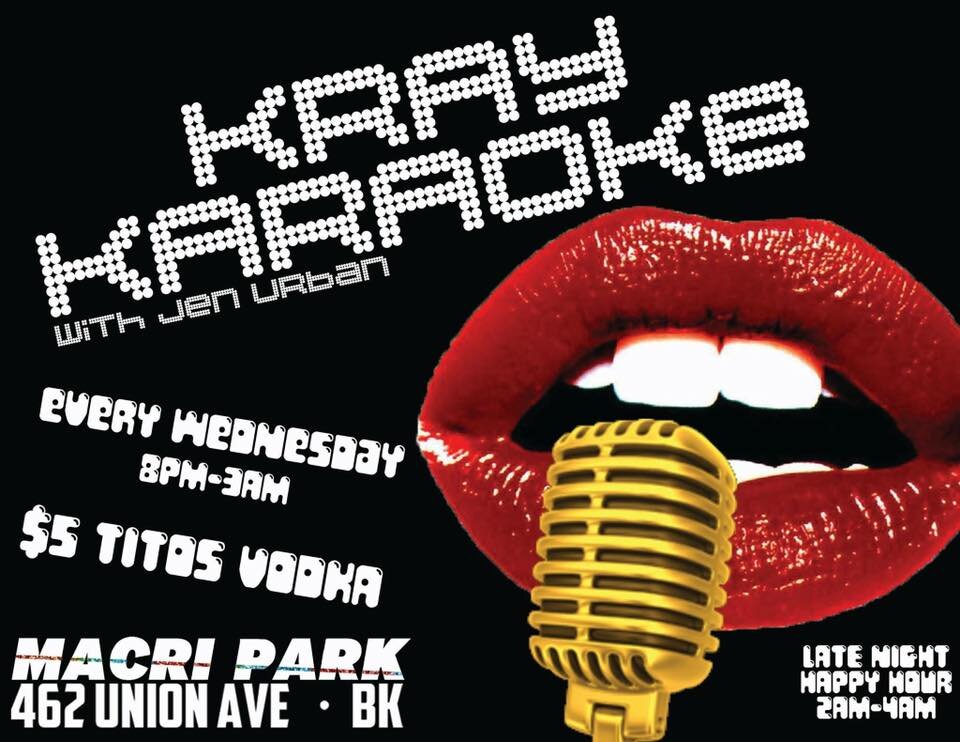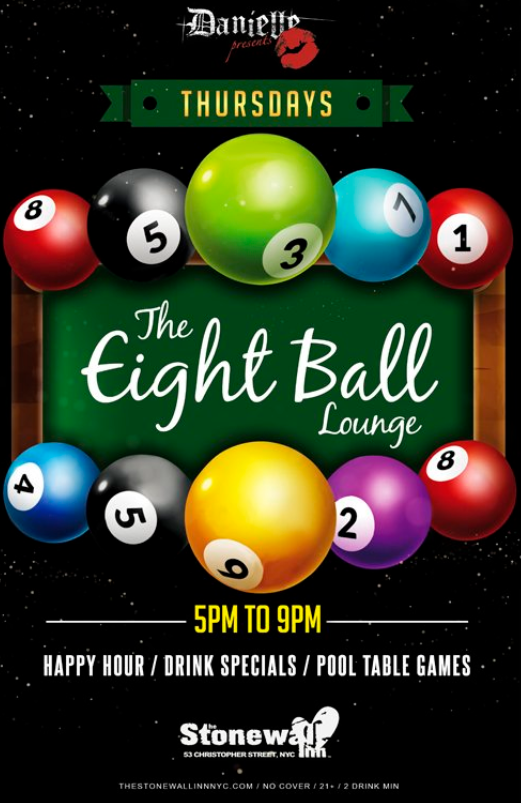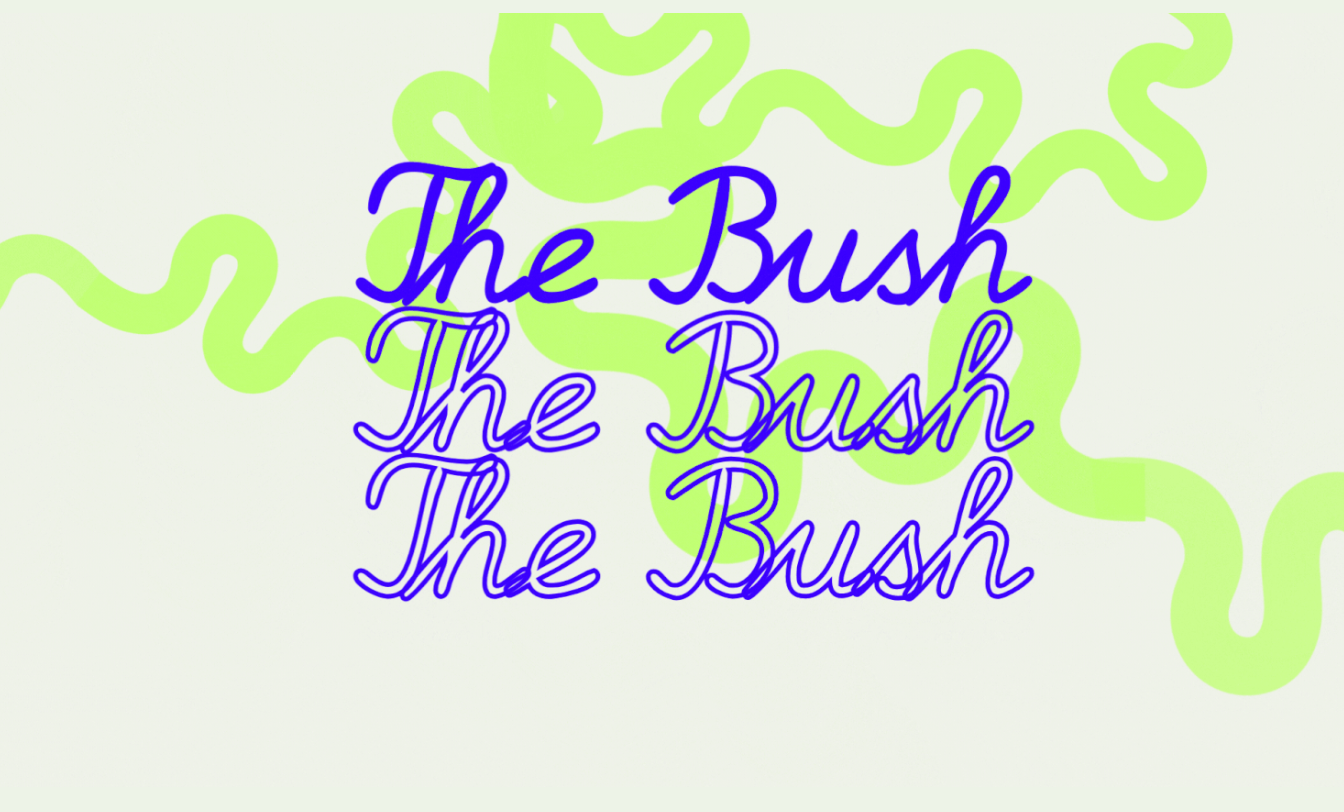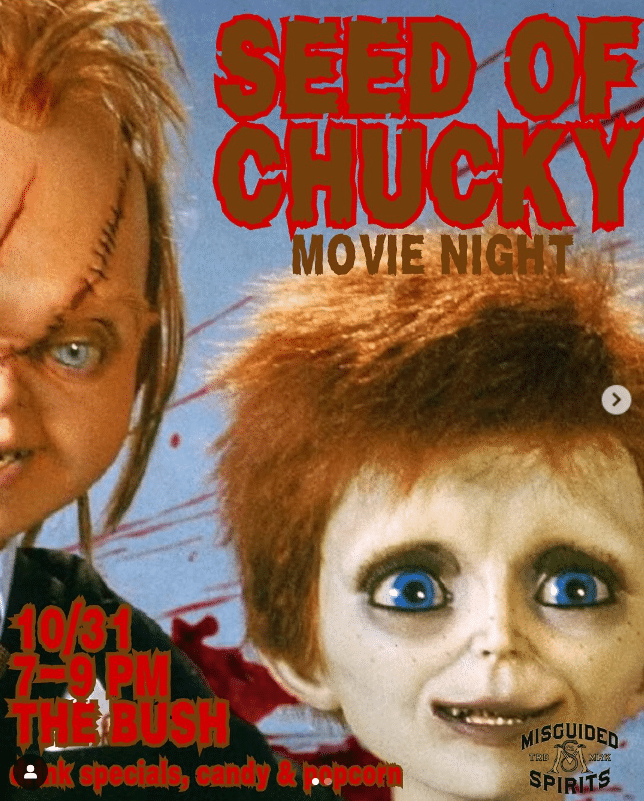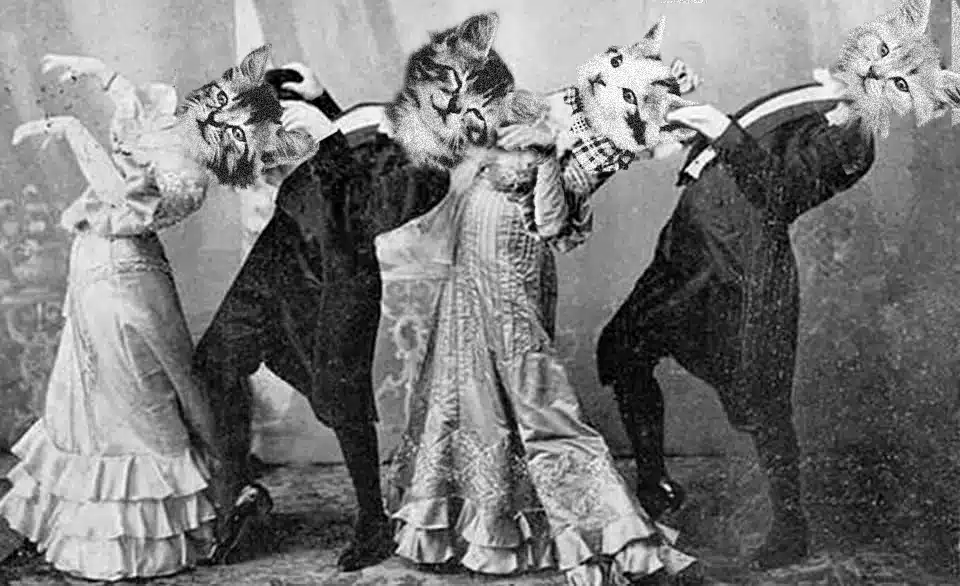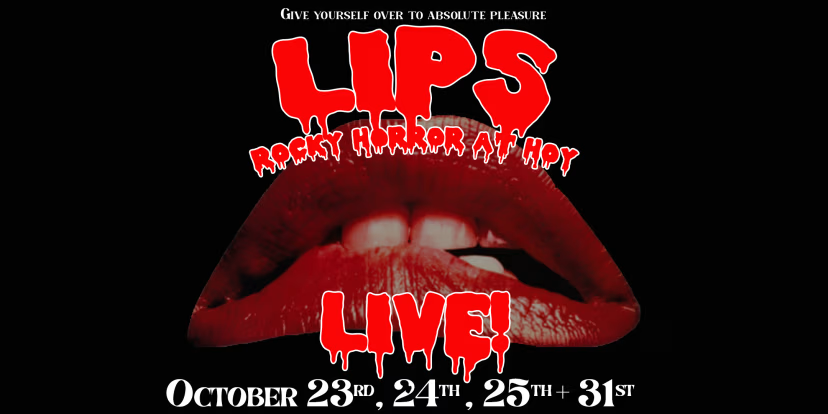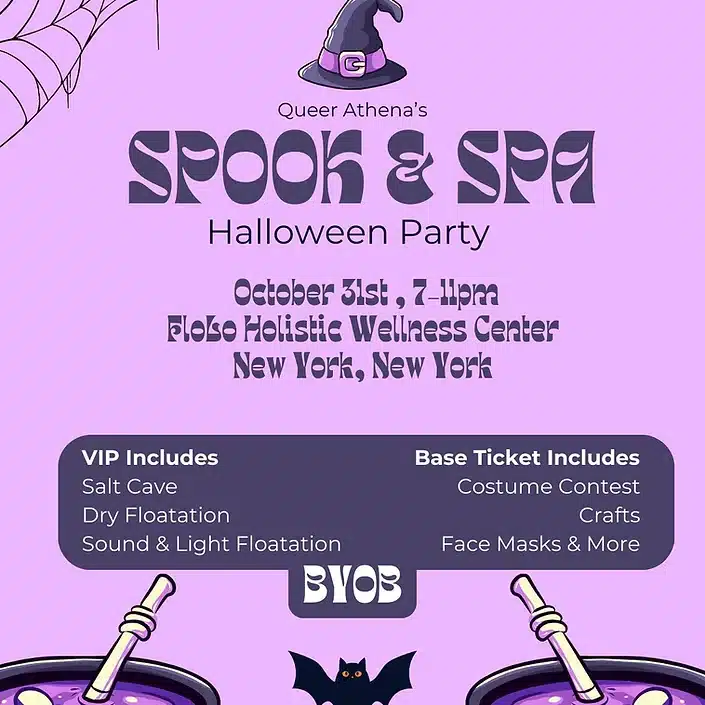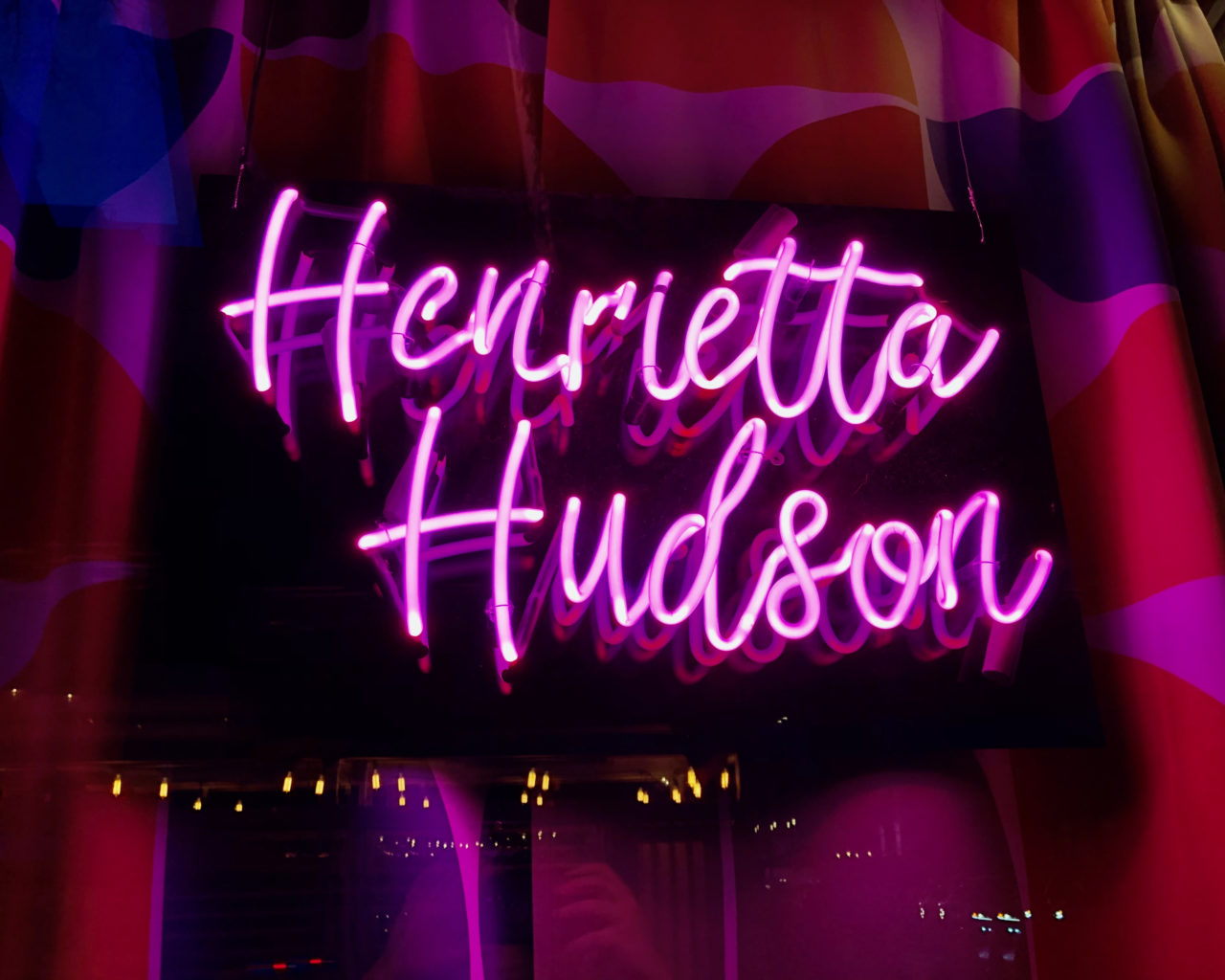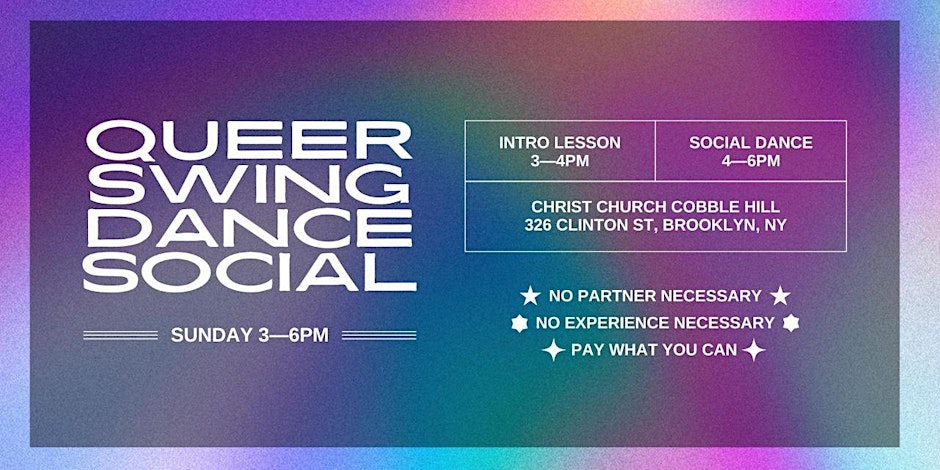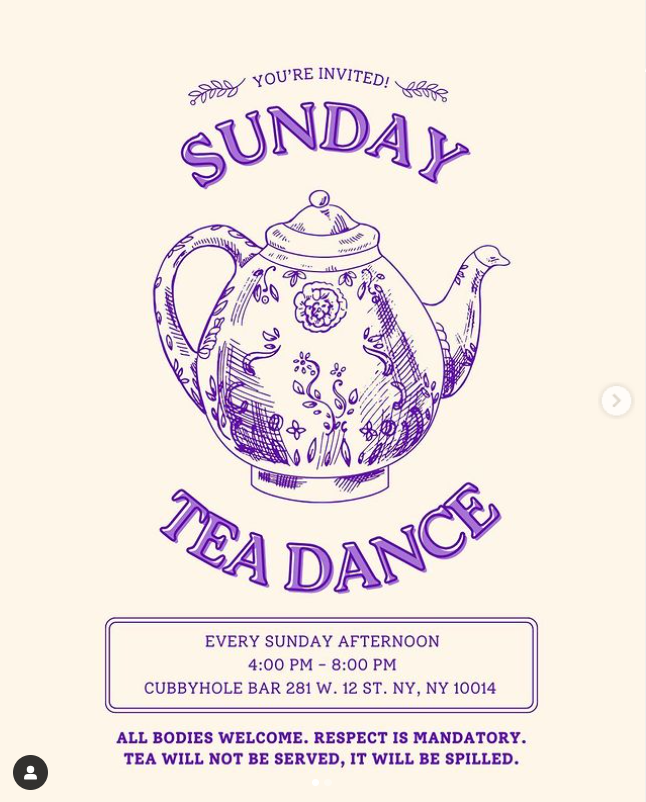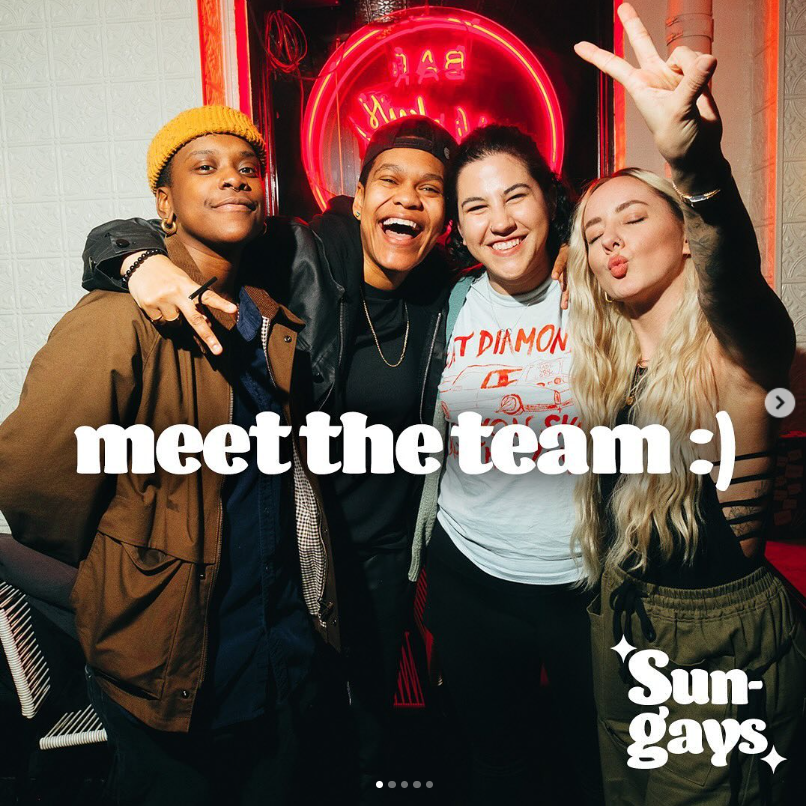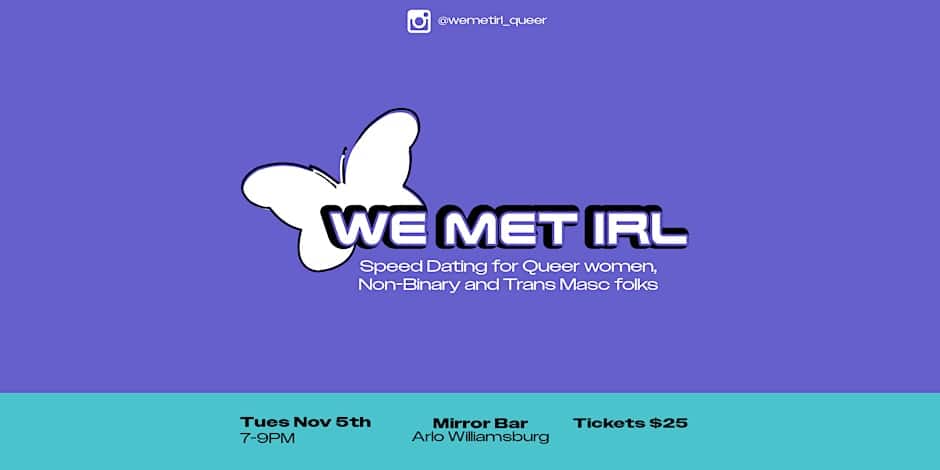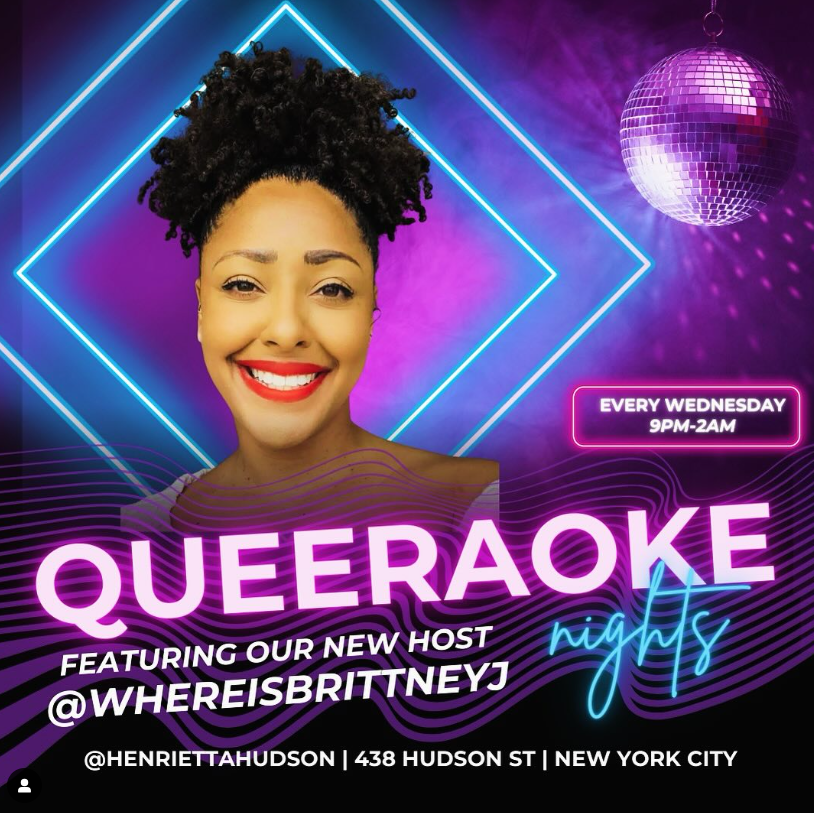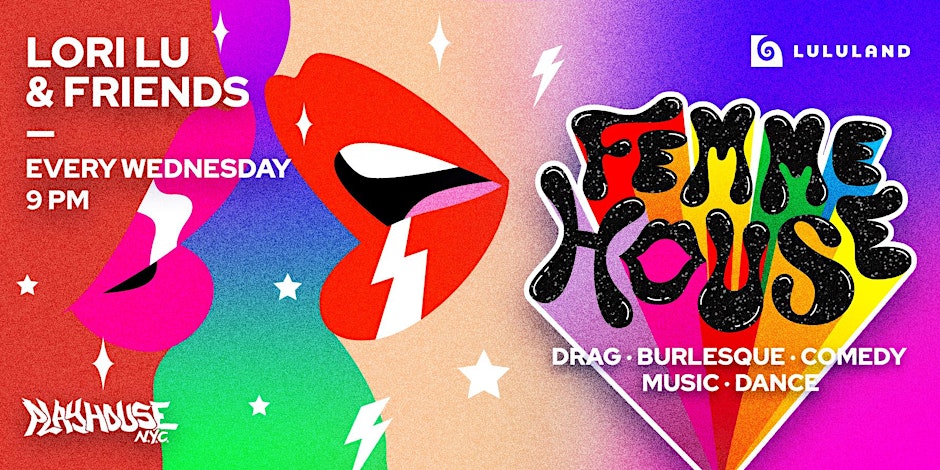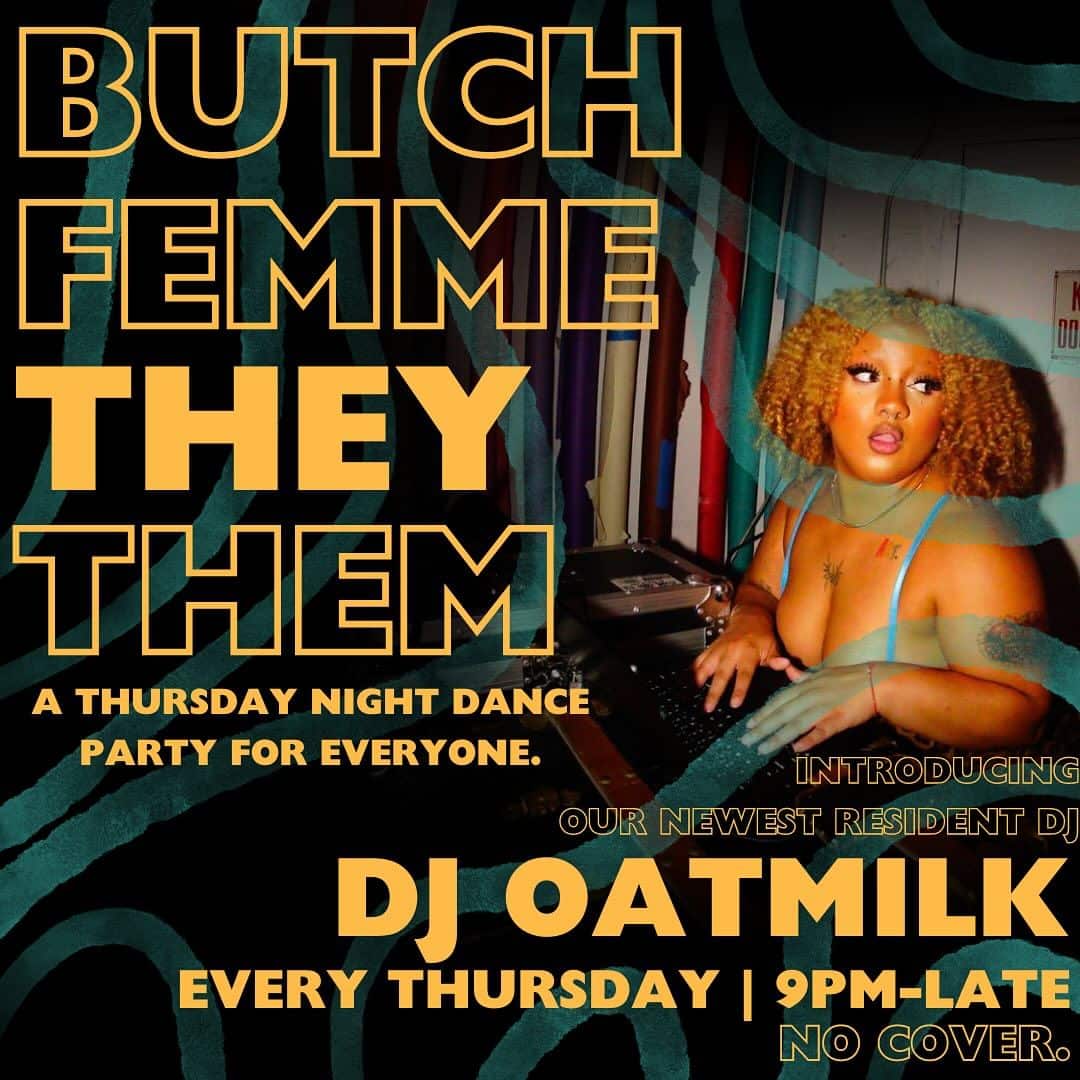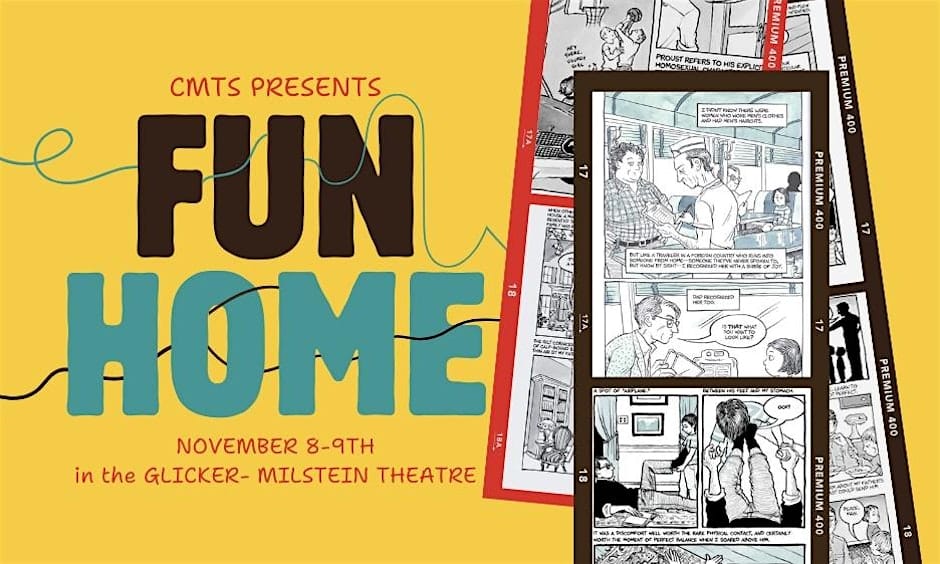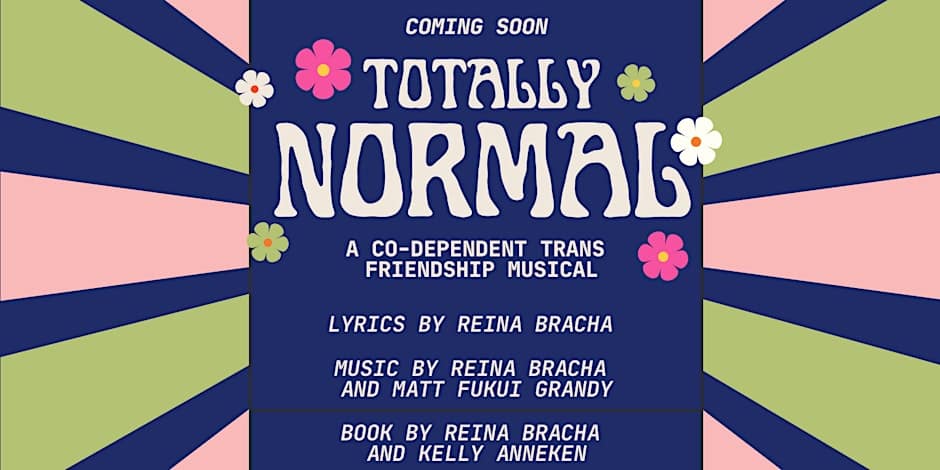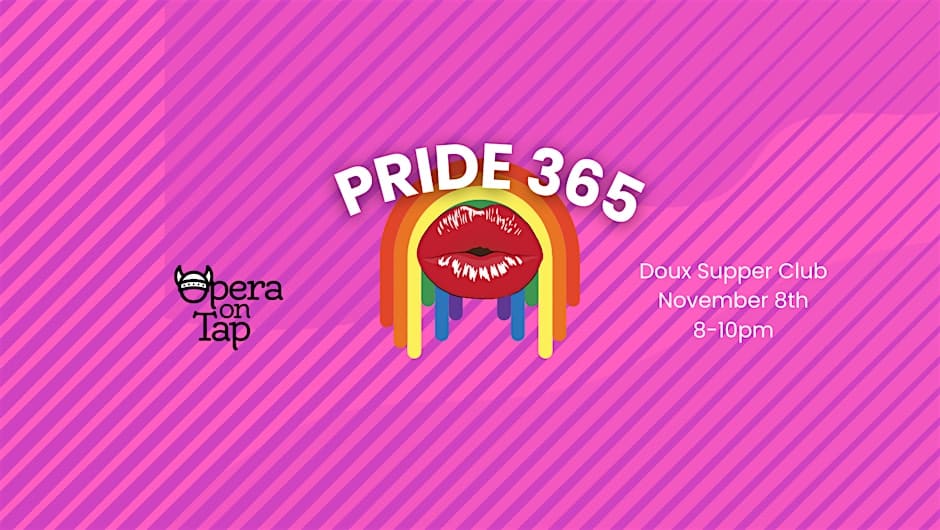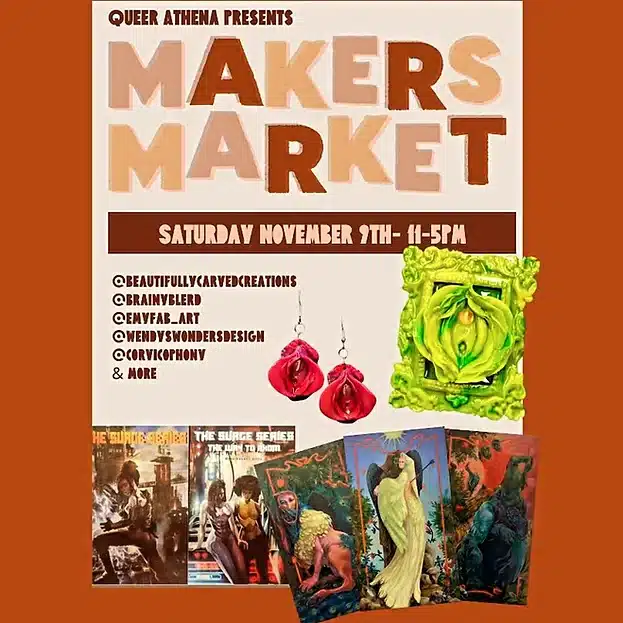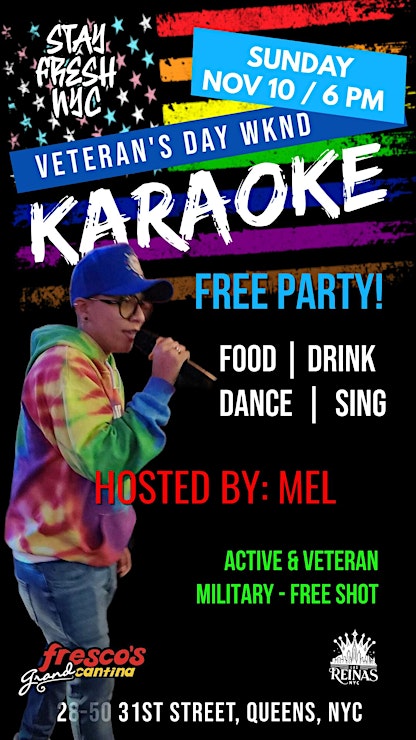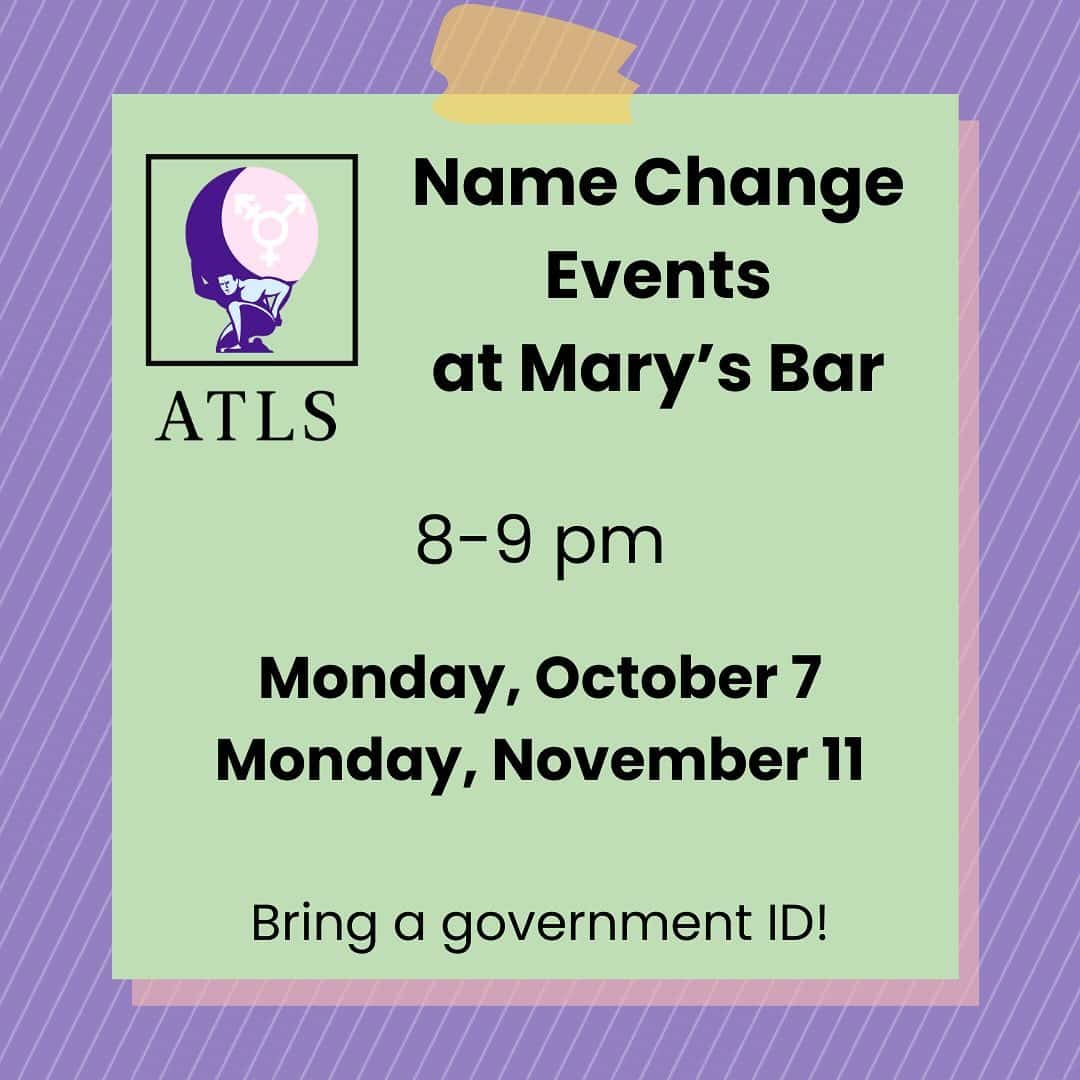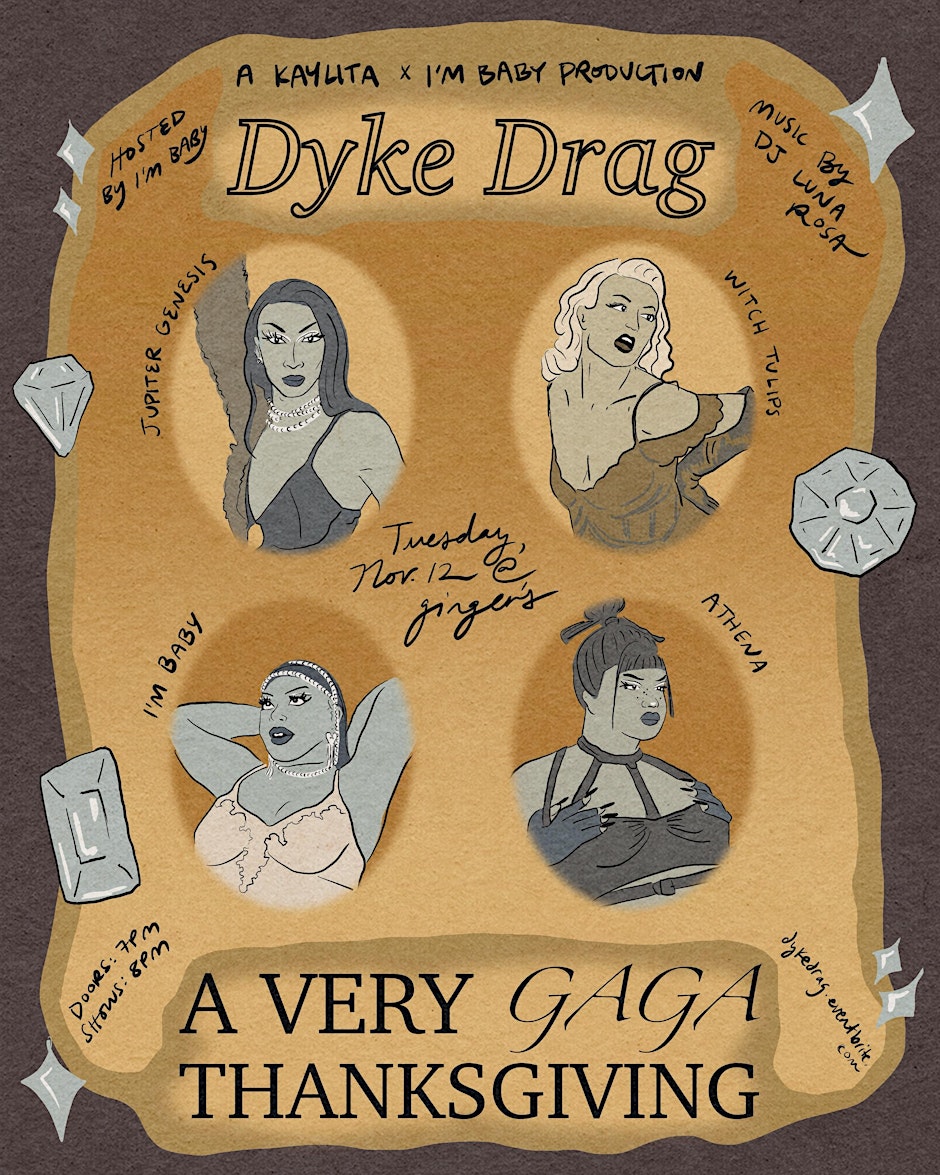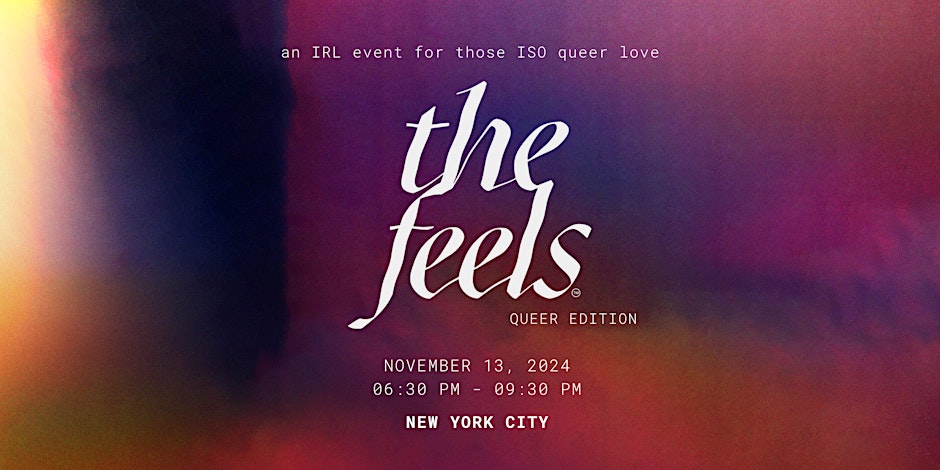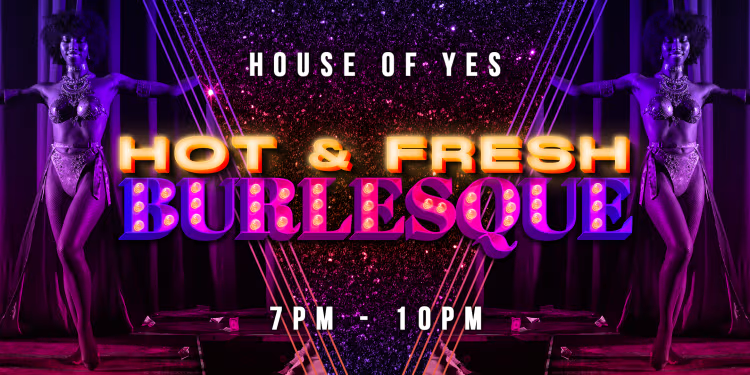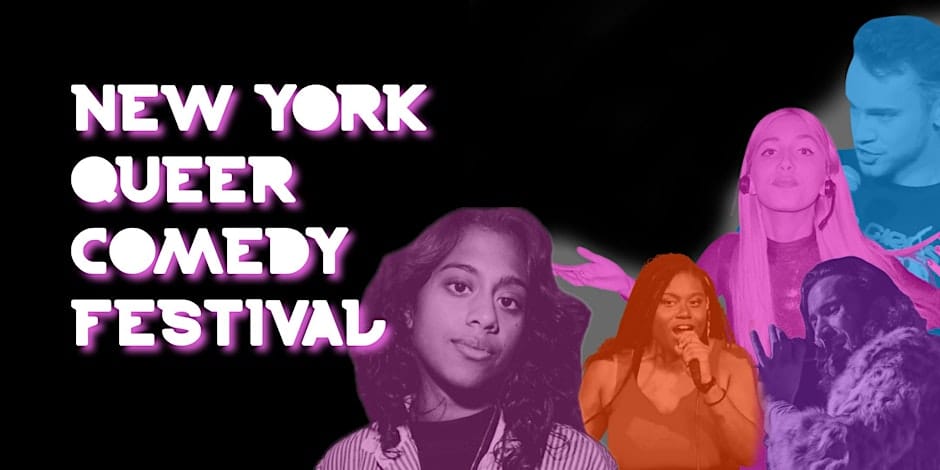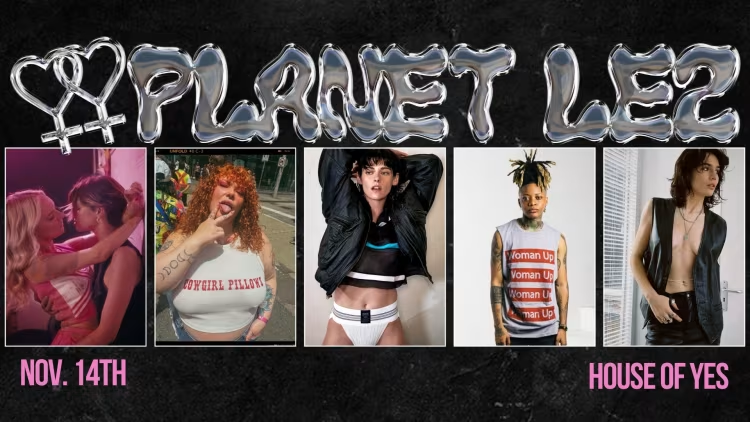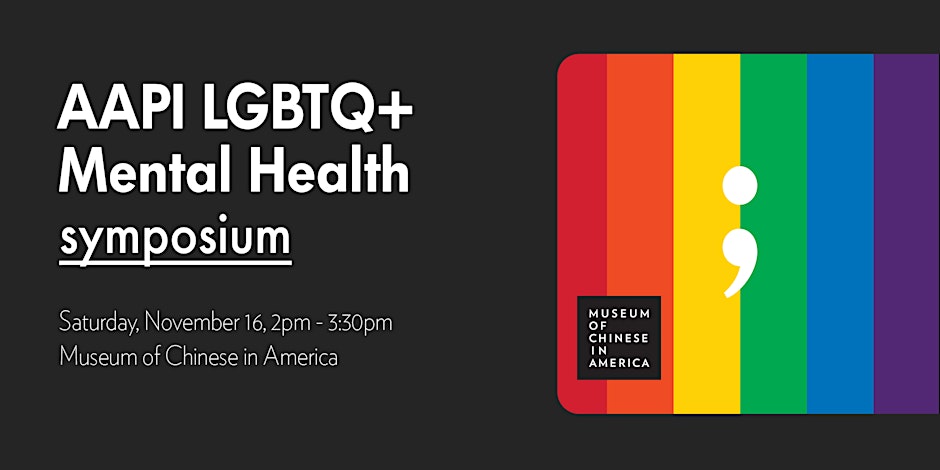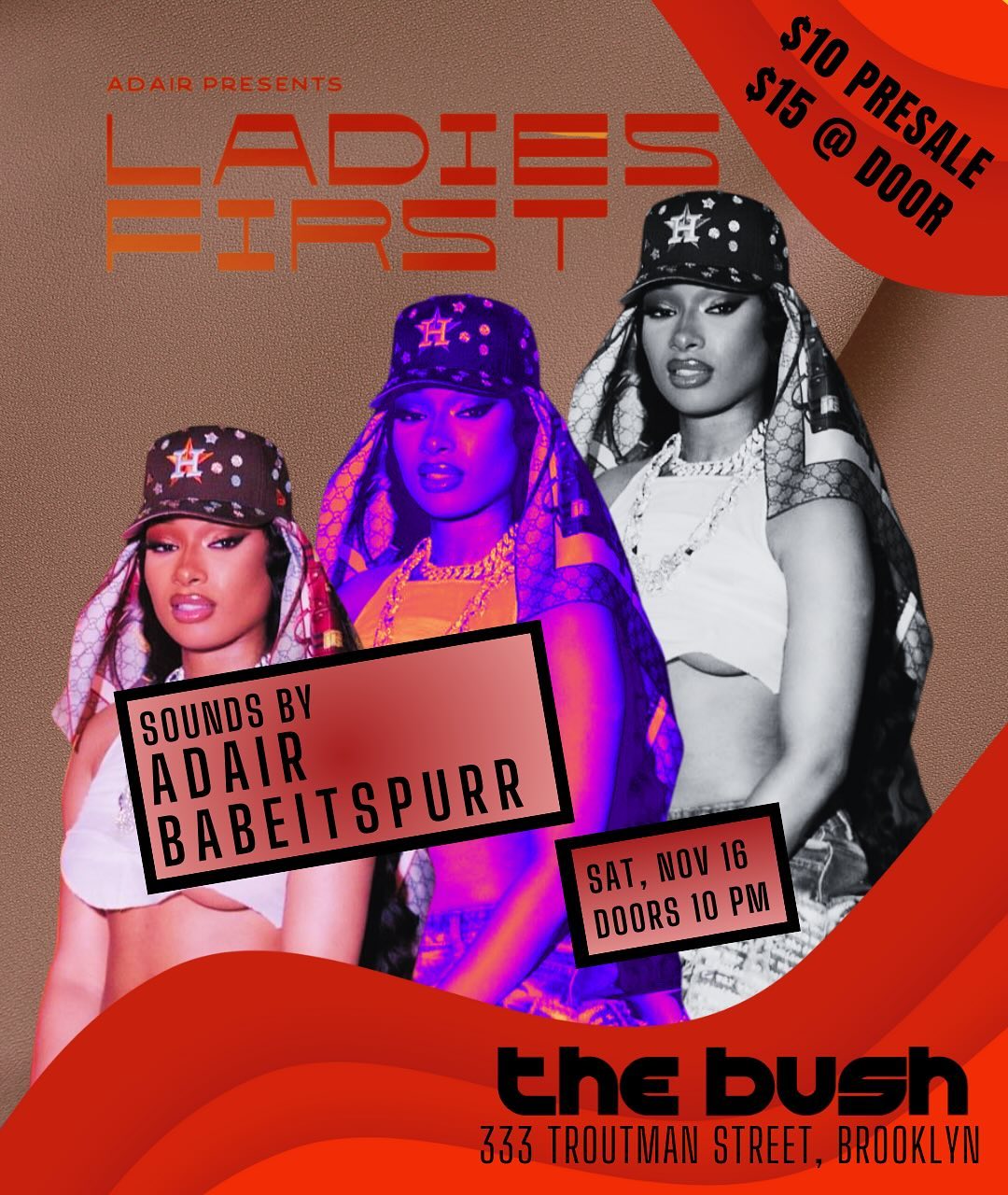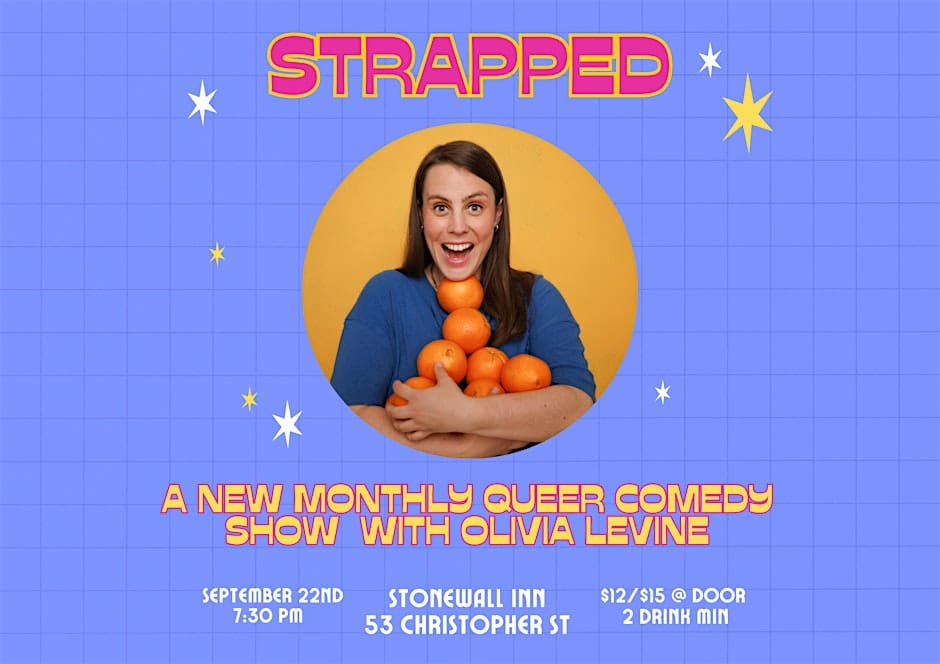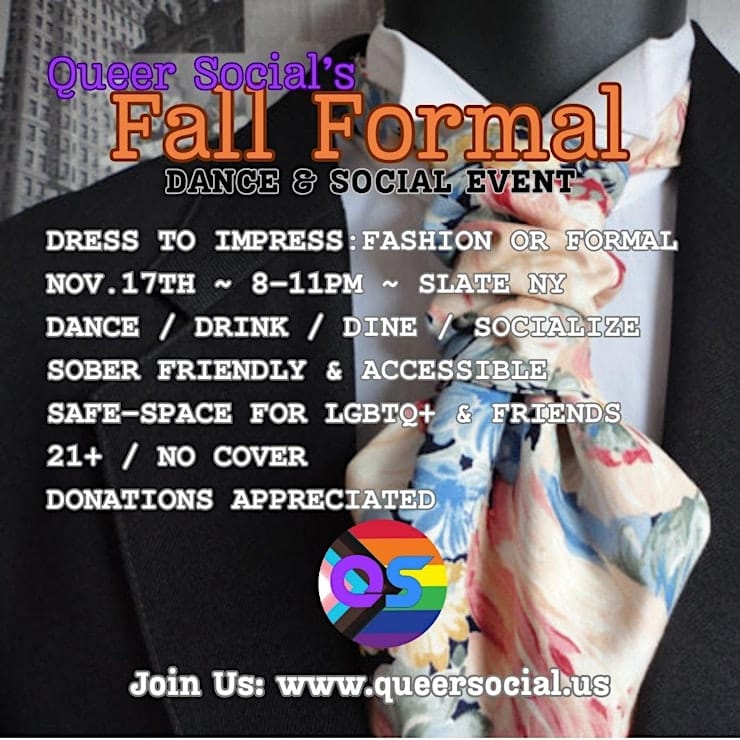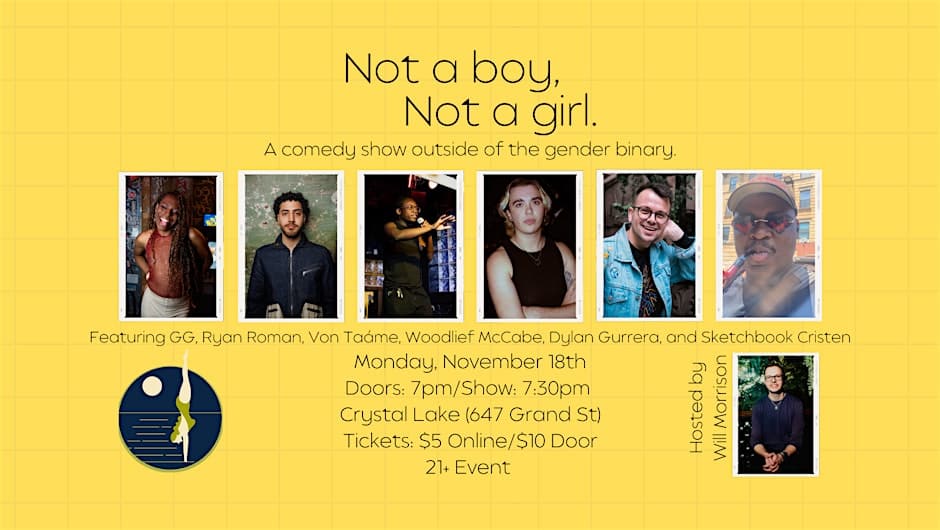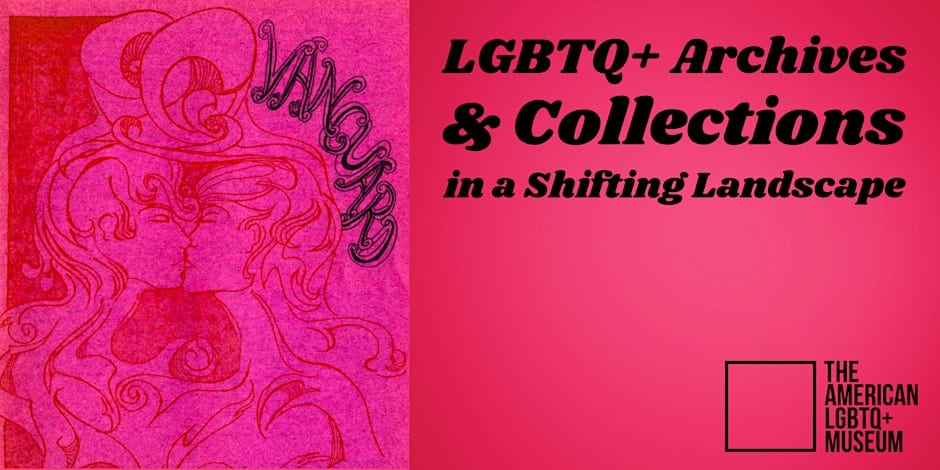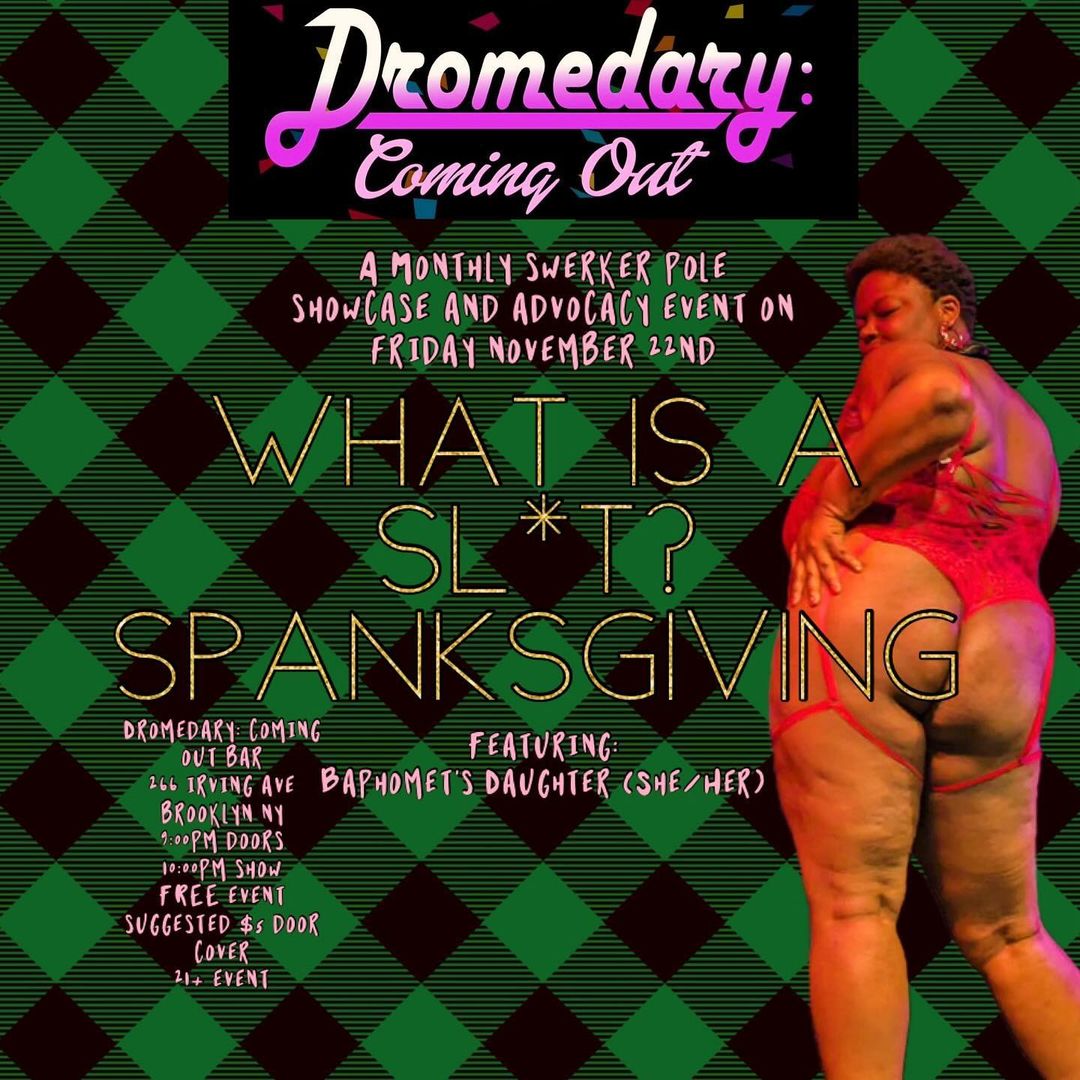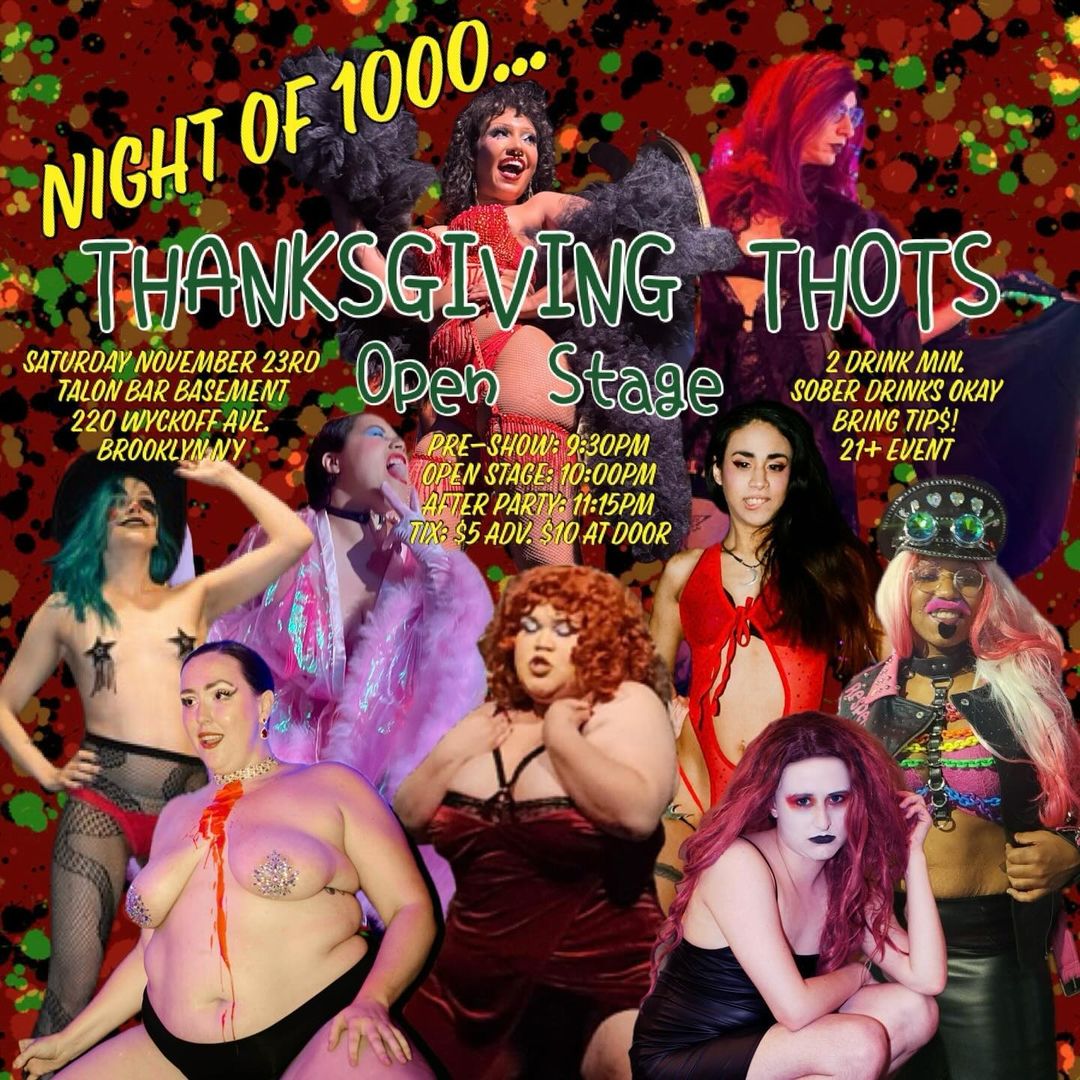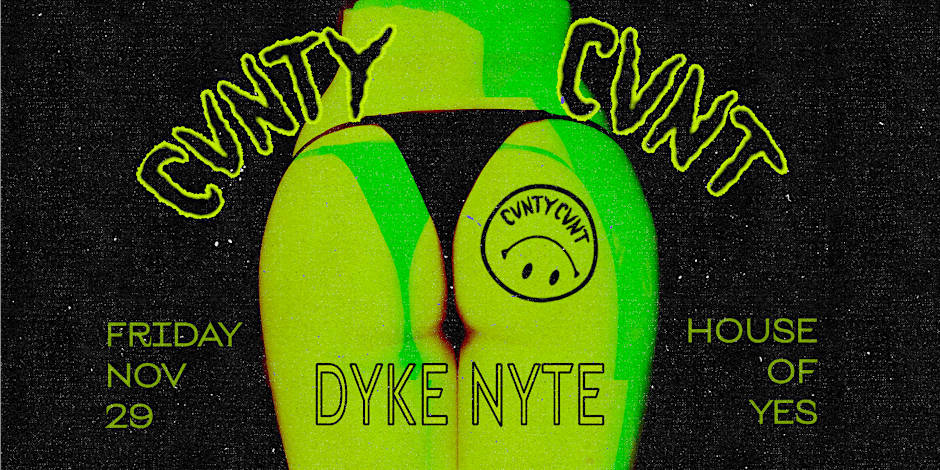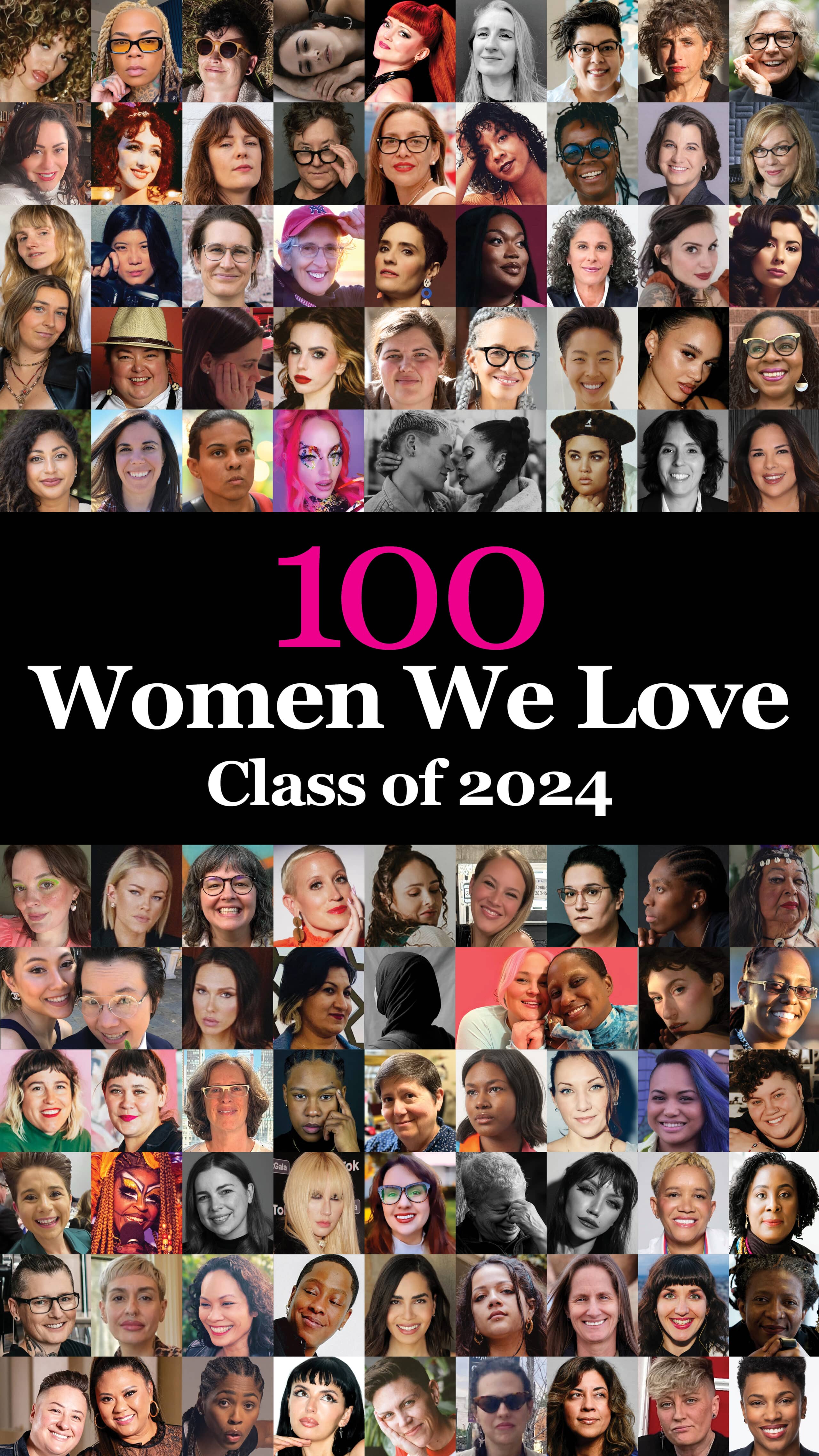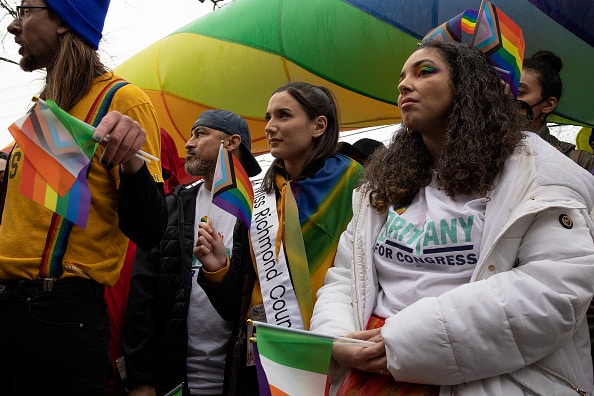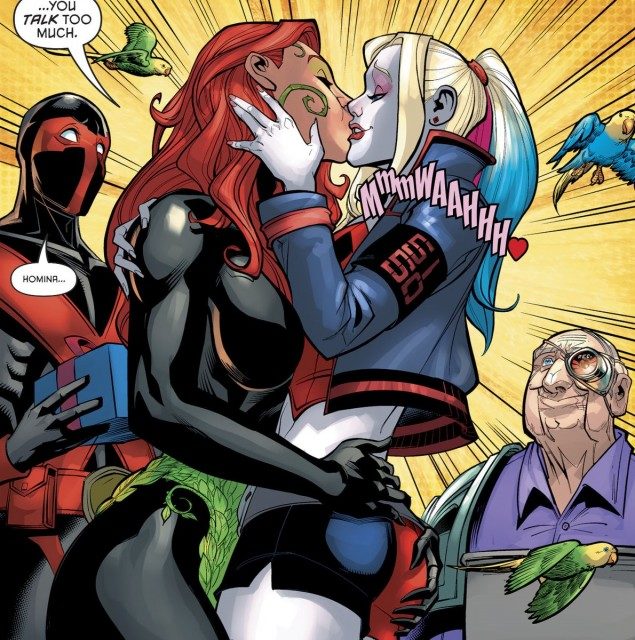
In comics, queer representation is far and few in between. It can be difficult to find accurate representation while still enjoying the stories and comics that we know and love. This week, however, comic book fans were able to experience both when a long-loved character finally had the chance to embrace her queerness in the latest issue of her solo series.
In “Harley Quinn #25,” fans were able to see a kiss between title character Harley Quinn and longtime beau Dr. Pamela Lillian Isley, better known to fans as Poison Ivy. But the significance of their relationship has a much more nuanced importance than simple representation on the pages of a comic book. In fact, both Harley and Ivy have represented female sexuality in comics for years.
Harley Quinn’s rise to popularity has been unique from the beginning, even in comics mythology. Though her first official appearance was in the classic 1990 cartoon “Batman: The Animated Series” (specifically in the episode “Joker’s Return”), Harley’s appearance signaled a new kind of character within the “Batman” mythos. When she was first introduced, Harley’s main characterization centered on her unwavering love and devotion for the Joker. She was confined to the role of slapstick hench(wo)man, meant to serve a few laughs to the audience while the Joker and Batman were centralized as the main villains.
As Harley’s role in the “Batman” universe continued to evolve, her true personality began to take hold for viewers. In the 1994 spin-off comic “Batman Adventures: Mad Love,” Harley’s past as Dr. Harleen Quinzel and how she became Harley Quinn was finally revealed. But even so, Harley Quinn’s characterization was caught between a rock and a hard place.
Naturally, the question of Harley’s sexuality rose amongst fans. The overemphasizing of her relationship with the Joker revealed toxic and abusive nature. From there, Harley’s importance rose from simple comic relief to a nuanced representative of what survivors look like in comics. As Harley would go on to come to terms with her status as a survivor and regain her independence after leaving the Joker, her sexuality was able to take center stage in ways that were healthy and relatable.

Harley Quinn and Poison Ivy have been a couple since “DC Comics: Bombshells #79,” a 1940s era comics series where popular DC female characters explore their relationships in new ways, with pinup-style designs. But for Harley Quinn and Poison Ivy, their relationship actually has beginnings that go farther back than just “DC Bombshells.” On the show, Harley and Ivy’s friendship erred on the flirty side and even then, fans shipped them together.
The show hinted at their relationship being more than just friendly, but there were no definitive evidence as to what their relationship status was until last year’s “Bombshells #79.” Before that, Harley Quinn and Ivy’s relationship was little more than a hinted at reference that creators and fans alike.
The invalidation of Harley Quinn and Poison Ivy’s relationship sheds light on a deeper problem than just representation of queer relationships in comics, but its erasure altogether. Although Harley Quinn’s bisexuality has been known for years; In 2015, Harley Quinn series writers Jimmy Palmiotti and Amanda Conner confirmed that Harley and Ivy were in an open relationship. But in pop culture, especially after a surge in popularity of the character after the 2016 “Suicide Squad” film, Harley’s sexuality is reduced simply to her relationship with the Joker.
To have Harley Quinn and Poison Ivy’s relationship celebrated and centered on the pages of “Harley Quinn #25″ shows that queer relationships have gotten a lot farther than we previously thought. Of course, they aren’t the only comic book women who are embracing their love: Kate Kane as Batwoman had prominent romantic relationships with female lovers; Image Comics’ “Zodiac Starforce” features a romance between heroes Lily and Savi. Others in the comics industry are also taking representation in new directions, telling the stories that they wish to see – such as the case with Tee Franklin’s upcoming “Bingo Love” will tell the love story of two queer Black women spanning over the course of 60 years. Representation for queer women exists in comics, though not nearly as enough as it should be.
The significance of “Harley Quinn #25″ goes beyond just solidifying a romantic relationship that has been established for years, but in making room for more representations of queer love to be celebrated and seen by fans.


